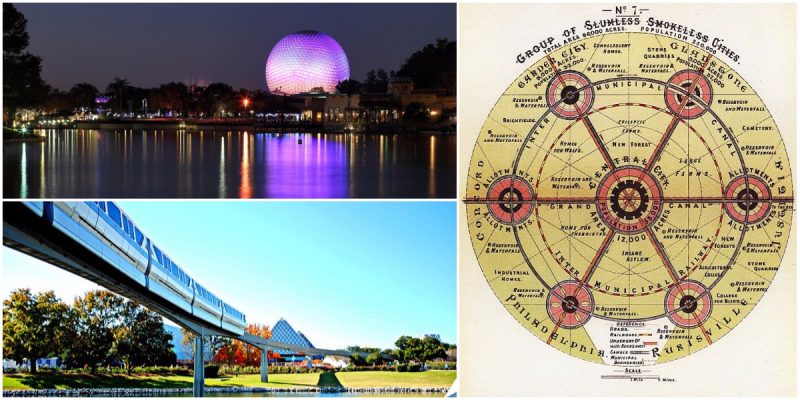In 2015, Brad Bird, the director of The Incredibles, released a movie called Tomorrowland starring George Clooney, Hugh Laurie, and Britt Robertson in which a teen science enthusiast, Robertson, is given a magic medallion that enables her to look into a utopian city from another dimension.
This city, breathtakingly portrayed in the movie, exists alongside Earth but on some other level. It is a place where the world’s greatest inventors, artists, and thinkers have assembled in order to create a better society, one that really, truly works.
The film aims to showcase that, through knowledge, innovation, and cooperation, the future just might be a lot prettier than, for instance, the ones portrayed in The Hunger Games, The Walking Dead, and countless other post-apocalyptic stories.
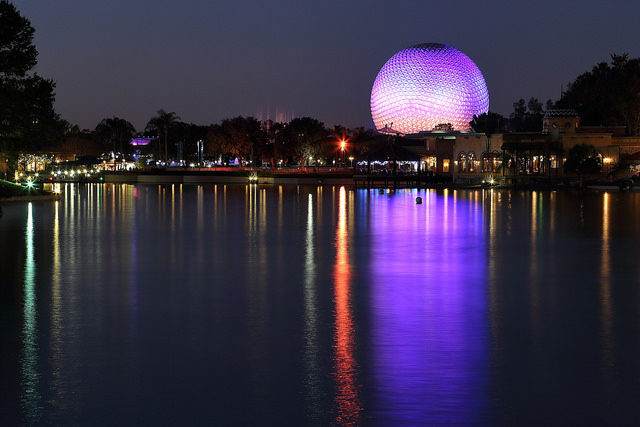
The director and his crew had the chance to go wild, imagining and bringing to the screen a utopia that is not only beautiful and mesmerizing but also a place where people capable of inventing and improving things are doing just that. Tomorrowland is highly original in its execution, but the inspiration behind it is firmly grounded in Disney’s optimistic outlook and love of science, as well as his Experimental Prototype Community of Tomorrow, or “EPCOT” for short, the utopian city of the future.
EPCOT is a theme park spread over 300 acres at the Walt Disney World Resort in Bay Lake, Florida, owned and run by the Walt Disney Company through its Parks and Resorts division. It is the result of a concept developed by Walt Disney, a brilliant imagining of a utopia, one that in 2015 received some 11.98 million guests, making it the third most-visited thematic amusement park in North America, and the sixth globally.
However, when it began, Disney had envisioned this to be a city of the future, an interchanging place and a community of tomorrow that should never be completed but would keep changing in accordance with the times. When asked on occasions about his vision, he would say “EPCOT will take its cue from the new ideas and new technologies that are now emerging from the creative centers of American industry. It will be a community of tomorrow that will never be completed but will always be introducing and testing, and demonstrating new materials and new systems. And EPCOT will always be a showcase to the world of the ingenuity and imagination of American free enterprise.”
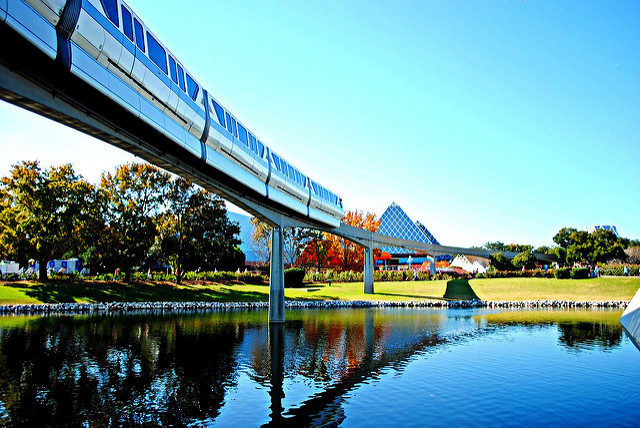
His original vision was to develop a brand new model of community, one which would eventually become home to 20,000 residents serving as a business accelerator for city planning and organization. It would be similar to Silicon Valley.
The idea was that if everything went as planned, the city would be composed of concentric circles, where businesses and commercial areas would be placed at its center, while community buildings, hospitals, schools, and recreational complexes formed the second circle, and residential neighborhoods would be situated in the perimeter of the city, forming the last circle.
The concept of a radial city was heavily influenced by another technological enthusiast from the 19th century and an English founder of the garden city movement who also had a thing for city planning, the British planner Ebenezer Howard and his Garden Cities of To-morrow. His book, To-Morrow: A Peaceful Path to Real Reform, published in 1898, gives concrete descriptions of a utopian city where people live harmoniously with nature, ideas that were in those times a real revelation and changed the field completely. Now, many of his ides and principles are being used in modern town planning.
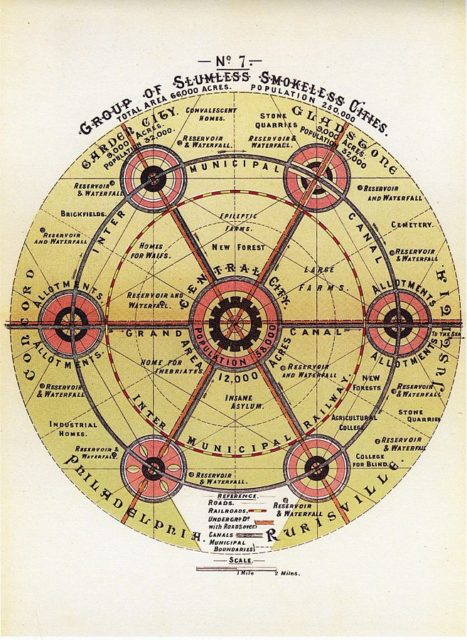
Inspired by Howard, Disney planned his version of a utopian community in such a way that pedestrians could walk freely and safely above ground, while automobile traffic would be kept wholly underground, and public transportation would be provided by monorails, such as it is in Gotham City.
However, he was not able to obtain the proper funding and legislative approval to begin building it on his estate in Florida until he first agreed to construct the Magic Kingdom, the now extremely popular theme park and leading attraction for tourists at the Walt Disney World Resort. Unfortunately, he died on December 15, 1966, nearly five years before the Magic Kingdom opened and so he never saw his great vision become reality.
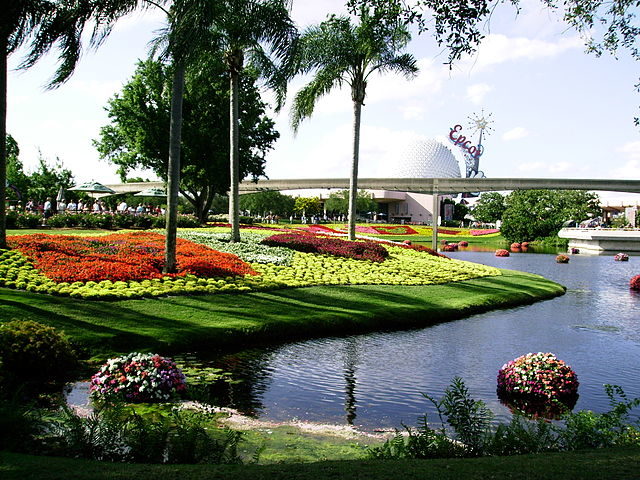
After his death, Walt Disney Productions, not fully understanding his vision, reached a unanimous decision not to engage in the endeavor of running a city without Walt’s guidance. However, to honor him, many of his ideas have been implemented in EPCOT and Tomorrowland, one of the many themed lands that can be enjoyed when one visits a Disney theme park.
Epcot is divided into two main themed divisions: Future World and World Showcase. The first is a place where visitors can walk freely and enjoy pavilions and explore the innovative technological and scientific aspects of Walt’s visions.
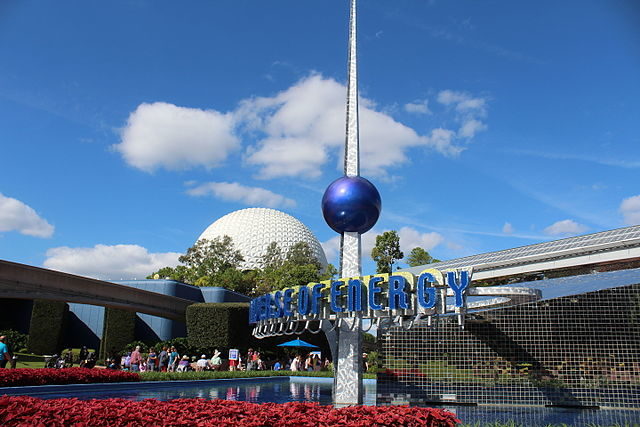
For instance, Universe of Energy offers some deep insight into the various forms of energy available to humankind that are found in nature, while Mission: Space is a thrill ride for everyone willing to experience how it feels to be an astronaut aboard a spacecraft on a mission to Mars. The geodesic sphere, Spaceship Earth, one of the most, if not the most, recognizable structures in any theme park, serves as the entrance to EPCOT, offering guests a unique time machine-themed experience, a dark thrill ride inside the sphere. Moreover, the sphere is the symbol of EPCOT.
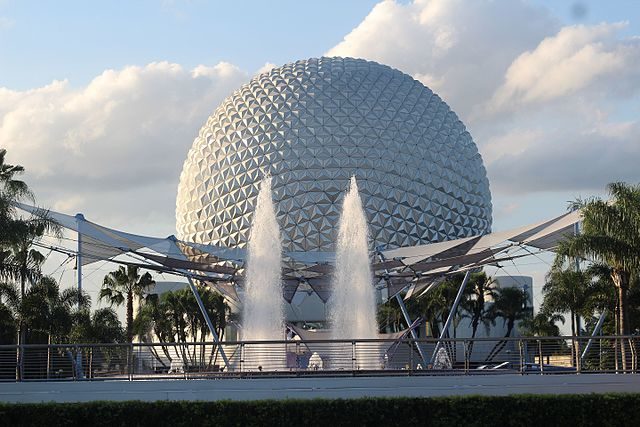
Theme Park Tourist – Flickr, CC BY 2.0.
Besides these, Future World also includes Test Track, The Seas with Nemo & Friends, The Land, Imagination! and Future World. As for the other area, World Showcase, made out of 11 pavilions, each themed to depict a specific country and its culture, serves as a permanent world fair.
Walt’s city may never have come to life, but the theme park opened on October 1, 1982, and now serves as an educational center and a reminder of what humans are actually capable of. The dedication plaque near the entrance states: To all who come to this place of joy, hope, and friendship, welcome. Epcot Center is inspired by Walt Disney’s creative genius. Here, human achievements are celebrated through imagination, the wonders of enterprise, and concepts of a future that promise new and exciting benefits for all. May Epcot Center entertain, inform and inspire. And, above all, may it instill a new sense of belief and pride in man’s ability to shape a world that offers hope to people everywhere.
